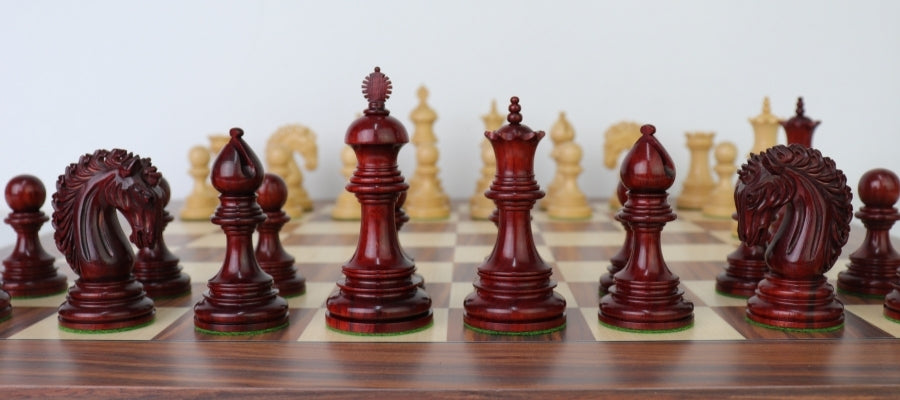Chess Pieces
Our outstanding selection includes hand-crafted chess pieces made from
classic wood, sleek glass, copper and pewter, resin, solid brass or durable plastic.
We cater for every budget, taste, and level of play.
Perfect for décor - adding class and style to any space.
Explore our incredible collection and upgrade your playing experience today!






